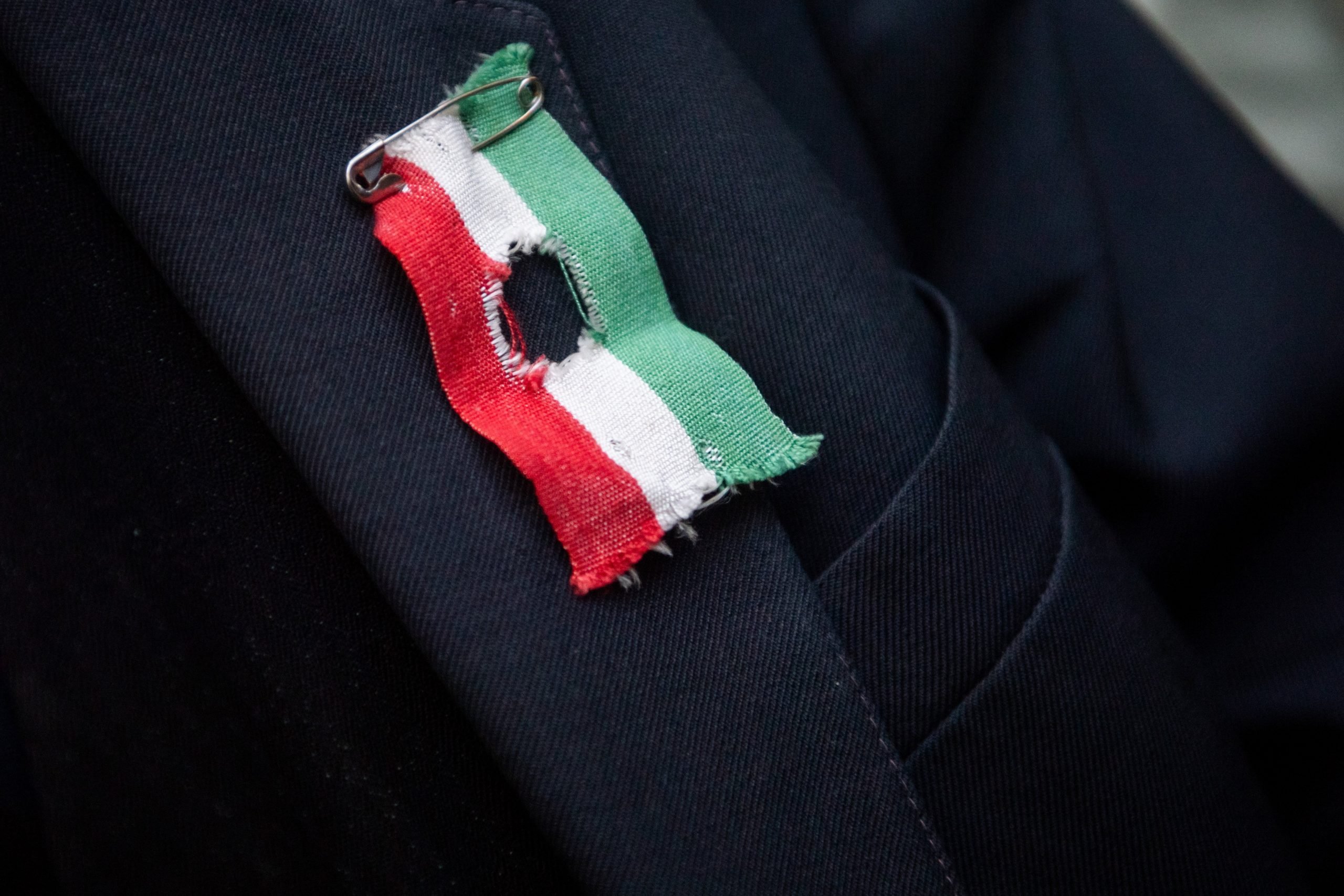
On the 65th anniversary of the 1956 revolution, a left-wing commentator and his right-wing counterpart draw diametrically opposing lessons for the present from the history of the popular uprising.
Hungarian press roundup by budapost.eu

In Népszava, Lajos Köteles describes the 1956 revolution as a movement that began peacefully then became controversial and ‘at times violent’. He also suggests that it was directed against the forcibly imposed Stalinist type of Socialism and in fact, decades later, ‘a freer Socialism, built on Hungary’s peculiarities became possible and made Hungary successful in many fields’. As for the Hungary of today, Köteles suggests that putting trust in the European Union is in the country’s best interest, as Hungary cannot cope with global problems like mass migration and threats to the environment on her own.

Magyar Nemzet’s György Pilhál, by contrast, maintains that the short-lived freedom Hungarians enjoyed in the Autumn of 1956 was the result of fearless armed clashes with Soviet troops. He finds it unacceptable for the heirs of the communist régime (among whom he mentions Klára Dobrev as the granddaughter of Antal Apró, a prominent communist leader before, during, and after 1956) to pose as supporters of a revolution that was crushed by their predecessors. The main lesson he draws from 1956 is the absolute value of freedom and independence, which he sees in jeopardy today because of ’Liberals in foreign pay’.
Featured photo illustration by Zoltán Balogh/MTI